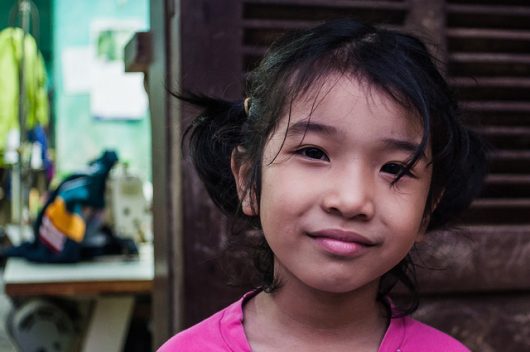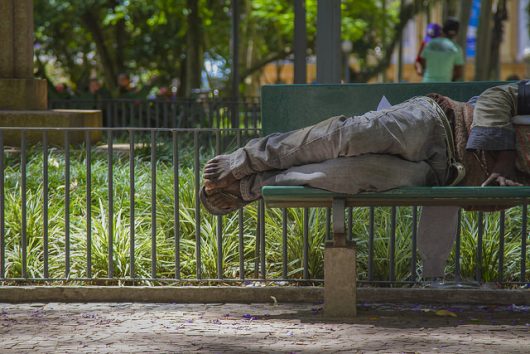 The cathedral of Notre-Dame de Paris is a cultural, religious, and architectural icon that has stood at the center of Paris for nearly a millennium. For many, this cathedral is a sacred place of refuge, an escape from the world or a childhood memory. On April 15, a fire nearly destroyed the cathedral, severely damaging the spire and roof of the building. In the aftermath of this tragedy, news headlines focused on the noteworthy flurry of donations from billionaires and small donors pledged to Notre-Dame repairs.
The cathedral of Notre-Dame de Paris is a cultural, religious, and architectural icon that has stood at the center of Paris for nearly a millennium. For many, this cathedral is a sacred place of refuge, an escape from the world or a childhood memory. On April 15, a fire nearly destroyed the cathedral, severely damaging the spire and roof of the building. In the aftermath of this tragedy, news headlines focused on the noteworthy flurry of donations from billionaires and small donors pledged to Notre-Dame repairs.
After reaching nearly $1 billion just days after the fire, several articles marveled at how easy it was to raise these funds when investing the same amount of money and public support for other pressing issues seems so difficult. In a few op-ed pieces, authors even expressed the sadness and disappointment of how vigorous the funding was to repair a church whose religion preaches helping the poor and oppressed. This begs the question of what else could $1 billion be used for? Here are five different ways the funds for the Notre-Dame repairs could have been used.
What $1 Billion in Aid Could Do Around the World
-
- International Aid: In 2017, the United States Agency for International Development (USAID) spent more than $1 billion on agricultural aid worldwide, which includes investment in capital for agricultural and technological development. USAID spent a similar amount on maternal and child health worldwide to treat cases of illness and provide medical technology to assist in childbirth.
- World Hunger: Through local partnerships and government leadership, the Feed the Future Inititiaive spent roughly $3.3 billion in agricultural and rural loans between 2011 and 2017 to mobilize farmers and families in developing countries. The average spending per year for this program amounts to about half of what was donated to the Notre-Dame repairs ($0.5 billion), yet the progress made through this initiative has added an estimated value of nearly $42 billion in economic output.
- The Refugee Crisis: The Office of the United Nations Higher Commissioner for Refugees (UNHCR) has requested $783 million to aid the South Sudan crisis where there are an estimated 2.4 million refugees. It raised $783 million in just 24 hours after the Notre-Dame fire. The funds UNHCR has requested for the crises in the countries of Burundi, the Democratic Republic of the Congo (DRC) and Afghanistan comes to around $879 million. That money would aid more than a million refugees collectively in the three countries.
- Homelessness: In Beijing, China, homelessness is an increasing problem. The Fengtai Shelter, located in Beijing, serves almost 3,000 people annually and receives just $1.2 million each year in aid from the government. With $1 billion, nearly 800 similar homeless shelters could receive $1.2 million in aid.
- Climate Change Relief: Alaskan residents have witnessed dramatic changes where whole villages have been sliding into rivers. The United States Army Corps of Engineers (USACE) said relocating one such village, Newtok, would require anywhere between $80 to $130 million. Given this analysis, $1 billion could be used to relocate roughly ten such villages in Alaska, impacting thousands of people who are being displaced by increasing water levels.
Here are just five different ways that $1 billion could be used towards important problems in the world. These examples go to show the magnitude of what can be done with $1 billion to help the poor and oppressed. Although it is hearting to see so many people rally together to help with the Notre-Dame repairs, it would be an amazing leap to see that kid of dedication put towards humanitarian aid efforts.
– Luke Kwong
Photo: Wikimedia Commons






